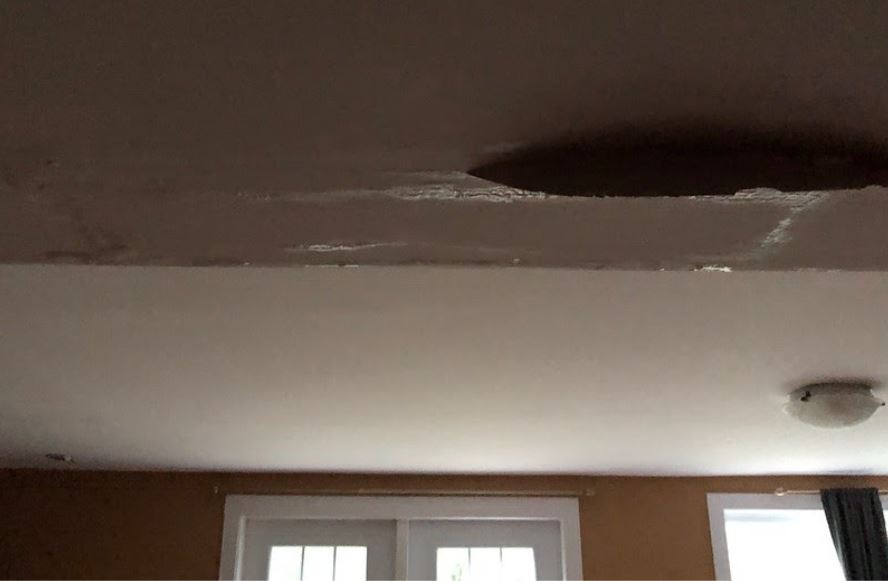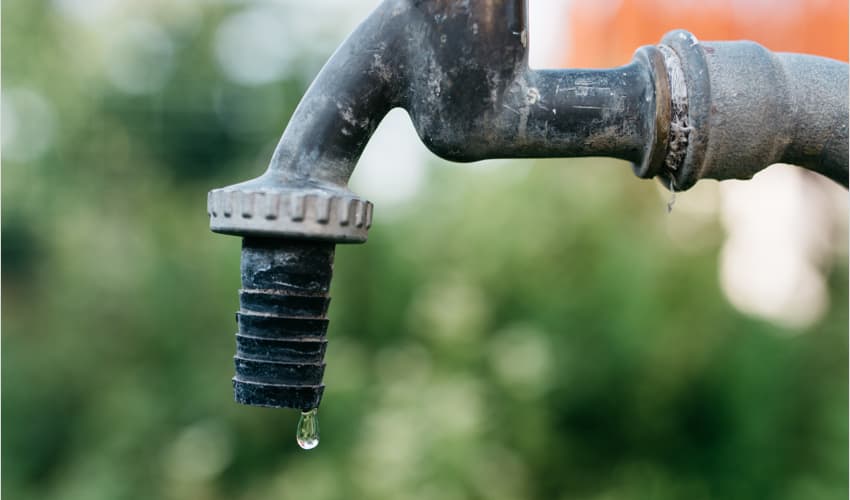Learn About the Most Frequent Causes Triggering Water Leak Issues at Your Home
Learn About the Most Frequent Causes Triggering Water Leak Issues at Your Home
Blog Article
We have noticed this article on How to detect water leaks in your home directly below on the web and thought it made sense to relate it with you on this page.

Leakages not only create waste of water yet can also cause unnecessary damage to your home and promote undesirable organic development. By looking and also understanding for daily circumstances that trigger leakages, you can secure your house from future leakages and also unnecessary damages.
Intruding roots
The majority of water leakages start outside the house rather than inside it. You could observe wet spots or sinkholes in your lawn, and that may mean that tree origins are getting into water lines causing water to permeate out.
Corroded water supply
As time passes by, your plumbing system ages and also corrosion such as rust might begin gnawing the pipelines. This might be the source of discoloration or warping on your water pipes. This requires an inspection with your plumber quickly. Think about replacing the pipes given that they are at a greater danger of corrosion than the more recent designs if our plumbing system is old.
Defective Pipeline Joints
The factor at which your pipes attach is often the weakest web link in the waterline. Pipe joints can wear away with time, resulting in water leaks. The majority of pipeline joints are not conveniently visible. If you have noisy pipelines that make ticking or banging sounds, especially when the hot water is switched on, your pipeline joints are possibly under a great deal of pressure. It is a good idea to have your plumber evaluate your system once a year.
Immediate temperature changes.
Extreme temperature level modifications in our pipes can cause them to increase and also get suddenly. This expansion and tightening may create cracks in the pipelines, especially if the temperature level are below freezing. It would be best if you watched on how your plumbing functions. The visibility of the previously mentioned circumstances frequently shows a high threat.
Poor Water Connectors
Sometimes, a leak can be triggered by loose hose pipes and pipes that provide your devices. Most of the time, shifting is what causes the loosened water Links. You might find when it comes to a cleaning device, a hose might spring a leak due to drinking throughout the spin cycle. In case of a water connections leakage, you may see water running straight from the supply line or puddles around your home appliances.
Blocked Drains
Blocked drains pipes might be frustrating and also inconveniencing, however they can sometimes end up causing an overflow bring about break pipelines. Maintain getting rid of any materials that might drop your drains pipes that could clog them to stay clear of such troubles.
All the above are reasons for leakages but not all water leaks result from plumbing leakages; some leakages could originate from roofing leaks. All leakages should be fixed instantly to avoid water damage.
Leakages not just cause waste of water yet can additionally cause unnecessary damages to your house and also promote unwanted organic growth. By looking and also comprehending for everyday situations that create leaks, you can shield your house from future leakages and also unneeded damage. Today, we will look at 6 leakage triggers that might be creating your pipelines to drip.
At times, a leak can be triggered by loosened pipes as well as pipelines that supply your devices. In case of a water connections leak, you may see water running directly from the supply line or pools around your appliances.
How To Check For Water Leak In Your Home
How To Check for Leaks
The average household's leaks can account for nearly 10,000 gallons of water wasted every year and ten percent of homes have leaks that waste 90 gallons or more per day. Common types of leaks found in the home are worn toilet flappers, dripping faucets, and other leaking valves. These types of leaks are often easy to fix, requiring only a few tools and hardware that can pay for themselves in water savings. Fixing easily corrected household water leaks can save homeowners about 10 percent on their water bills.
To check for leaks in your home, you first need to determine whether you're wasting water and then identify the source of the leak. Here are some tips for finding leaks:
Take a look at your water usage during a colder month, such as January or February. If a family of four exceeds 12,000 gallons per month, there are serious leaks.
Check your water meter before and after a two-hour period when no water is being used. If the meter changes at all, you probably have a leak.
Identify toilet leaks by placing a drop of food coloring in the toilet tank. If any color shows up in the bowl after 10 minutes, you have a leak. (Be sure to flush immediately after the experiment to avoid staining the tank.)
Examine faucet gaskets and pipe fittings for any water on the outside of the pipe to check for surface leaks.
Undetected water leaks can happen without the home or business owner even realizing. If you suspect a water leak, but not able to find the source. It is time to contact a professional water leak detection service, The Leak Doctor.
How To Find a Water Leak In Your Home
https://www.leakdoctor.com/blog/How-To-Check-For-Water-Leak-In-Your-Home_AE197.html

Hopefully you enjoyed our article about Top Causes of Home Water Leaks. Thank you so much for taking time to browse our content. Please set aside a second to distribute this page if you enjoyed reading it. We love reading our article about How Fast Water Damage Can Ruin Your Home.
Plumbing woes? Connect. Report this page